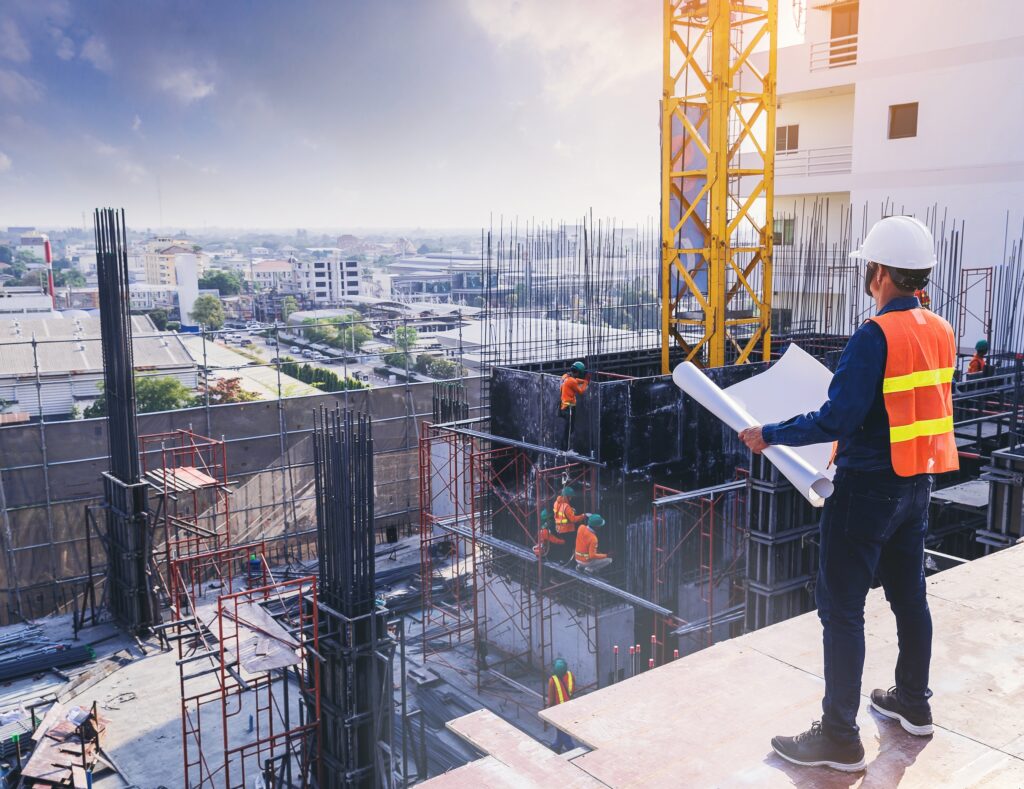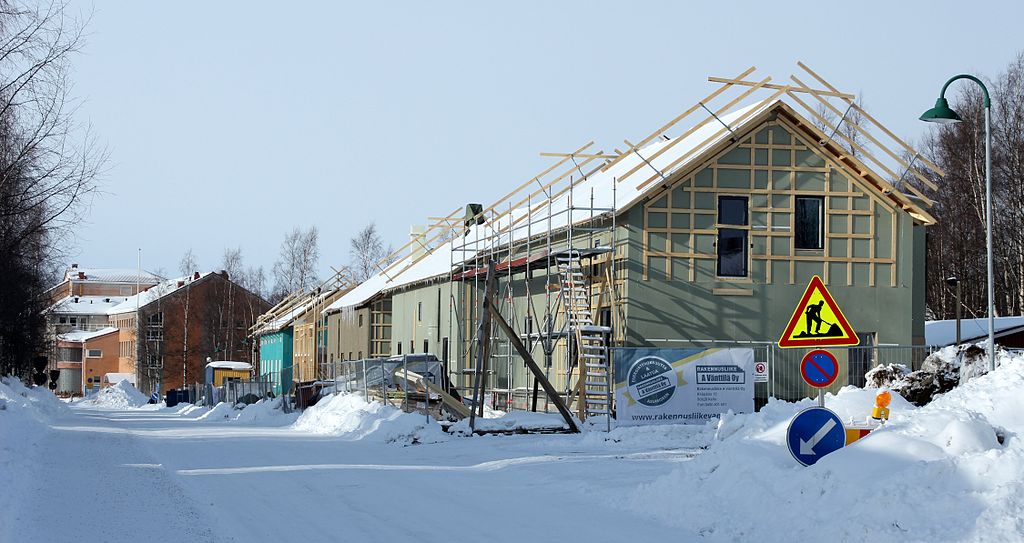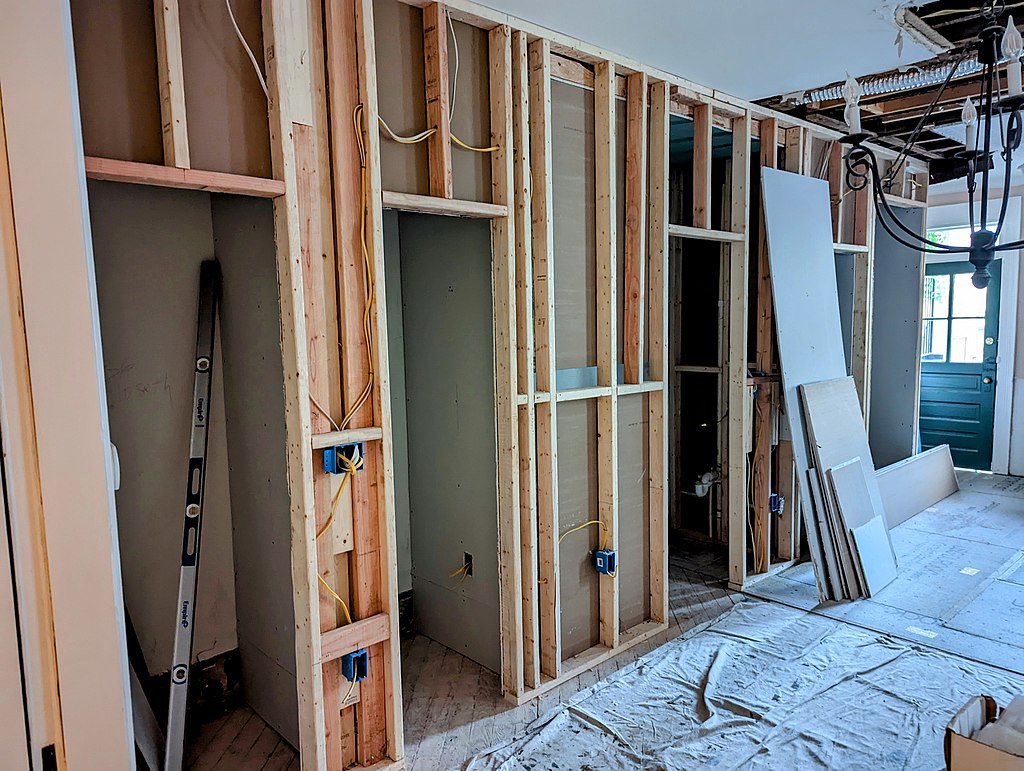The world of structural engineering consistently demands innovative solutions to age-old challenges. Among these solutions, epoxy anchor installation stands out, providing a reliable method for attaching structural elements to concrete and masonry. Dive deep into the nuances of creating an effective procedure for this essential engineering task.
Understanding Epoxy Anchors
Epoxy anchors, often viewed as the structural “glue” binding materials to concrete, are adhesives meticulously crafted for attaching rods and bolts to concrete surfaces. Their rise in popularity can be attributed to multiple advantages, including their impressive load-bearing capacity, their ability to snugly fill irregularities in drilled holes, and the minimal displacement they exhibit under loads. The anchor’s efficacy is pivotal to the overall strength of the connection.
Ensuring a high-quality bond means choosing the right epoxy and installing it correctly. Given the diverse environments in which they’re employed—from skyscrapers to bridges—the demands placed on these adhesives are immense. As such, their consistent performance across varying temperatures and adaptability in both cracked and uncracked concrete make them indispensable in the structural engineering domain.
Significance In Structural Engineering
In the realm of structural engineering, the quest for durable and dependable materials is relentless. Epoxy anchors have emerged as champions in this pursuit, underpinning the stability of modern structures. Their value is multifold:
- Unwavering Performance: Epoxy anchors stand out for their consistent behavior across varied temperature ranges, ensuring structures remain steadfast in fluctuating climates.
- Adaptable Application: Their ability to bond with both cracked and uncracked concrete showcases their unparalleled versatility, providing engineers with a flexible anchoring solution.
- Resilient Under Stress: Particularly in corrosive environments, epoxy anchors display superior resistance, ensuring extended bond strength and reduced maintenance.
- Balanced Load Distribution: Unlike some mechanical anchors which can localize stress, epoxy anchors spread loads more uniformly, minimizing potential structural vulnerabilities.
Determining The Right Epoxy
Not every project demands the same type of epoxy. Factors to consider:
- Setting Time: Rapid-setting epoxies can be a boon for time-sensitive projects, but they might not always offer the desired strength.
- Load Requirements: Heavier loads require epoxies with higher compressive strength.
- Temperature: Some epoxies are tailor-made for specific temperature ranges.
Key Steps In Epoxy Anchor Installation
An effective procedure can be compared to baking a cake; missing a single step might compromise the outcome.
- Hole Preparation: Much like laying the foundation, this step is crucial. Dust and debris can hinder adhesive performance.
- Epoxy Mixing: Similar to getting the batter’s consistency right; a well-mixed epoxy ensures strength and longevity.
- Application: Care must be taken to fill the hole from the bottom up, avoiding any air pockets.
Hole Cleaning Techniques
- Brush Cleaning: Effective for removing loose debris.
- Blow Cleaning: Using compressed air, this method ensures a dust-free environment for the adhesive.
- Vacuum Cleaning: Perfect for getting rid of all fine particles.
Optimizing The Installation Process
Adapting and improvising are the names of the game.
- Sequential Installation: For multiple anchors, a staggered approach ensures the epoxy of one doesn’t interfere with another.
- Temperature Monitoring: Like baking at the right oven temperature, ensuring the concrete’s temperature is within the epoxy’s specified range is crucial.
Common Challenges And Solutions
Facing Challenges with Epoxy Anchors
In the practice of employing epoxy anchors, professionals occasionally encounter certain challenges that can hinder optimal installation and performance. One prevalent issue is the creation of a hole that doesn’t achieve the necessary depth. This can compromise the anchor’s stability and strength. Another concern arises when water is present in the hole, potentially weakening the bond of the epoxy.
Effective Solutions at Hand
To address these challenges head-on, precision tools, such as depth gauges, can be employed to ensure the holes are drilled to the correct depth, optimizing the anchor’s potential. In scenarios where moisture is detected, using epoxies specifically formulated for damp conditions can be a lifesaver. Alternatively, ensuring the hole is completely dry before proceeding can also mitigate potential issues, allowing for a more dependable bond.
Comparing Epoxy Anchors With Mechanical Anchors
The age-old adage, “comparing apples to oranges” rings true here. While both serve the same purpose, they have distinct attributes:
- Epoxy anchors thrive in terms of flexibility and load distribution.
- Mechanical anchors boast quicker installation times.
- For vibratory loads, mechanical anchors often take the crown.
Epoxy Anchor Limitations
No solution is without its drawbacks.
- Limited shelf life compared to mechanical counterparts.
- Longer installation times might delay project timelines.
- Precise hole preparation demands added labor.
Ensuring Safety During Installation
Prioritizing Safety During Epoxy Anchor Installations
The process of epoxy anchor installation, though seemingly straightforward, carries inherent risks that necessitate meticulous safety precautions. From the chemical composition of epoxies to the tools used, there are multiple avenues for potential hazards. Essential to the process is the use of protective equipment, including gloves and safety goggles, which act as the first line of defense against accidental spills, splashes, or tool mishaps.
Best Practices for Safe Handling and Storage
Ventilation is another crucial aspect to consider. As epoxies can emit fumes during mixing and application, ensuring a well-ventilated workspace can help reduce the risk of inhalation and associated health concerns. Furthermore, it’s imperative to store epoxy products in locations beyond the reach of children and pets, emphasizing both immediate safety during installation and long-term safety post-application.
Maintenance And Inspection
The Ongoing Commitment To Epoxy Anchor Upkeep
Once epoxy anchors are installed, the commitment to ensuring their longevity and effectiveness doesn’t end. These anchors, pivotal to the structural integrity of buildings and infrastructures, require regular checks. Periodic inspections are essential, helping to identify any potential issues in the early stages and ensuring that the anchor continues to function as intended.
Proactive Measures for Long-Term Reliability
Keeping an eye out for signs of corrosion or other damages is vital to guarantee the prolonged efficiency of the anchor. Moreover, maintaining a detailed record of installation specifics, such as the type of epoxy used and installation date, can be beneficial for future reference or in planning subsequent inspections. This proactive approach to maintenance and inspection ensures that the anchors remain a steadfast support for structures over time.
FAQs
Q: Can epoxy anchors be used in overhead installations? A: Yes, but special care is needed to prevent epoxy from dripping.
Q: How does one decide the appropriate hole diameter? A: It’s typically determined by the manufacturer based on the anchor size and the expected load.
Q: Is it possible to re-use a hole for epoxy anchoring? A: Generally, it’s not recommended. A fresh hole ensures maximum bonding efficiency.
Q: How long is the typical curing time for epoxy anchors? A: The curing time for these anchors varies based on the product, but most standard epoxies take 24 hours to fully cure.
Q: Can epoxy anchors be applied vertically or in overhead situations? A: Yes, these anchors can be applied vertically and overhead, though special care is required to prevent sagging or dripping during the curing process.
Epoxy anchors, often unnoticed, form the backbone of many structural endeavors. Their blend of reliability and adaptability makes them indispensable in modern construction and retrofitting. Their nuanced application, when executed with precision, promises a structure’s safety and endurance.
As with any engineering solution, understanding their intricacies is essential for optimal outcomes. Harnessing their potential correctly ensures structures that can withstand the tests of time and nature.


